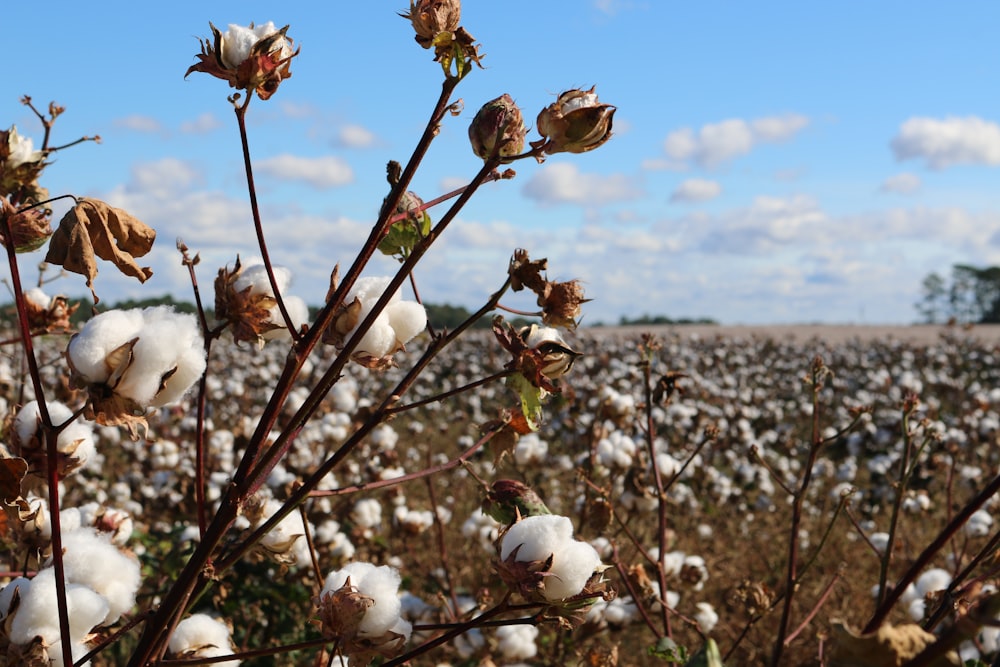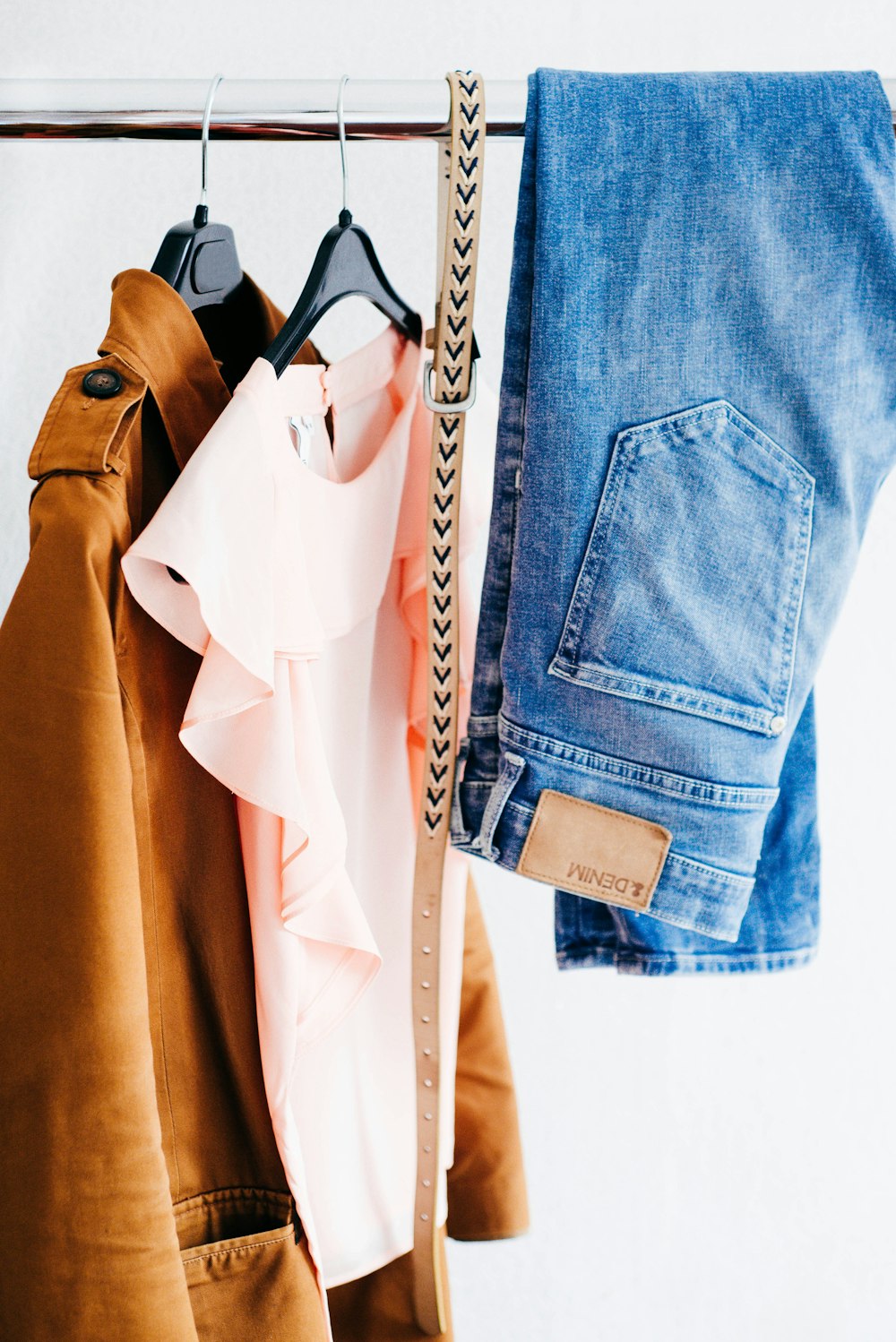Slow Fashion, Sustainable Fashion, Ethical Fashion – These are few terms that we keep hearing often these days. Do we actually know what any of these mean?
Sustainability in itself means reducing your carbon footprint and living in a more planet friendly and people friendly way. Sustainability is ideally a 360 degree aspect, which means the whole life cycle of the product adopts sustainable methods of production, supply and usage.
As Green Strategy puts it:
More sustainable fashion can be defined as clothing, shoes and accessories that are manufactured, marketed and used in the most sustainable manner possible, taking into account both environmental and socio-economic aspects. In practice, this implies continuous work to improve all stages of the product’s life cycle, from design, raw material production, manufacturing, transport, storage, marketing and final sale, to use, reuse, repair, remake and recycling of the product and its components. From an environmental perspective, the aim should be to minimize any undesirable environmental effect of the product’s life cycle by: (a) ensuring efficient and careful use of natural resources (water, energy, land, soil, animals, plants, biodiversity, ecosystems, etc); (b) selecting renewable energy sources (wind, solar, etc) at every stage, and (c) maximizing repair, remake, reuse, and recycling of the product and its components. From a socio-economic perspective, all stakeholders should work to improve present working conditions for workers on the field, in the factories, transportation chain, and stores, by aligning with good ethics, best practice and international codes of conduct. In addition, fashion companies should contribute to encourage more sustainable consumption patterns, caring and washing practices, and overall attitudes to fashion. (Green Strategy, June 2014)
To decode the above definition, as you look at each stage of a product’s life cycle, there is a deeper meaning to that shirt or skirt you pick up off the rack of a clothing store.
Raw Materials: The life cycle of a product starts with the raw materials used to make the garment. Cotton is a very thirsty crop and it takes 2700 litres to produce a Cotton t-shirt. Textile Industry is the second largest pollutant in the world. By making small changes like using fabrics like Better Cotton Initiative cotton, we can reduce the extent of harm that a garment can cause the environment. Also switching to natural alternates like non violent silk, Bamboo, Banana, Lotus fabrics also ensures the production of raw materials are sustainable.
Production: Production includes dyeing, printing and actual production and finishing of garment. Most of the dyeing and printing processes use strong chemicals and agents to achieve the desired result. Ensuring natural dyeing and printing using dyes made out of natural products is a great alternative. It is also important for brands to try and bring down the waste, if not zero waste, while patterning and finishing the products. The waste from a factory floor also ends up in landfill which is mostly not noticed as much as the general garment dumping that ends up in landfill. Fair Trade also plays a significant role here for sustainability, which ensures the workers are paid fair wages along with fair working conditions.
Packaging: Even when sustainability is taken care by the brands at the previous two stages, packaging is something that is usually overlooked. A lot of the packaging materials are made of plastic and not enough measures are taken to recycle. Biodegradable packaging used by many green brands is a good example to follow. Also some brands allow you to just take the garment out of the store without packaging which can then either be reused or responsibly handled.
Usage: Now as a responsible green consumer, how do you ensure that the sustainable product that you have bought stays sustainable as you use and even after you use. There has been a sustainable initiative called #30wears which focuses on buying quality items that can be worn at least 30 times before discarding. It is also important to take a look at your laundry process. Using less water and detergents that do not harm the earth also go a long way in contributing to making a piece sustainable. Also when you decide to get rid of anything from your wardrobe, it is good to see if you could sell it or donate it to someone rather than chucking it in the dustbin.
Fair Trade, though not mentioned comes in all stages of the lifecycle in one way or the other. At any stage of the garment’s life cycle socio economic status of workers need to be taken into account apart from paying fair wages along with fair working conditions for the workers.
Make the switch to a sustainable lifestyle today, one garment at a time!





